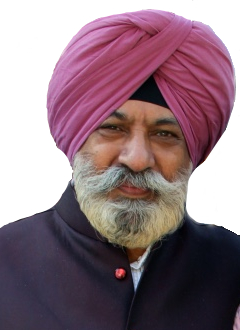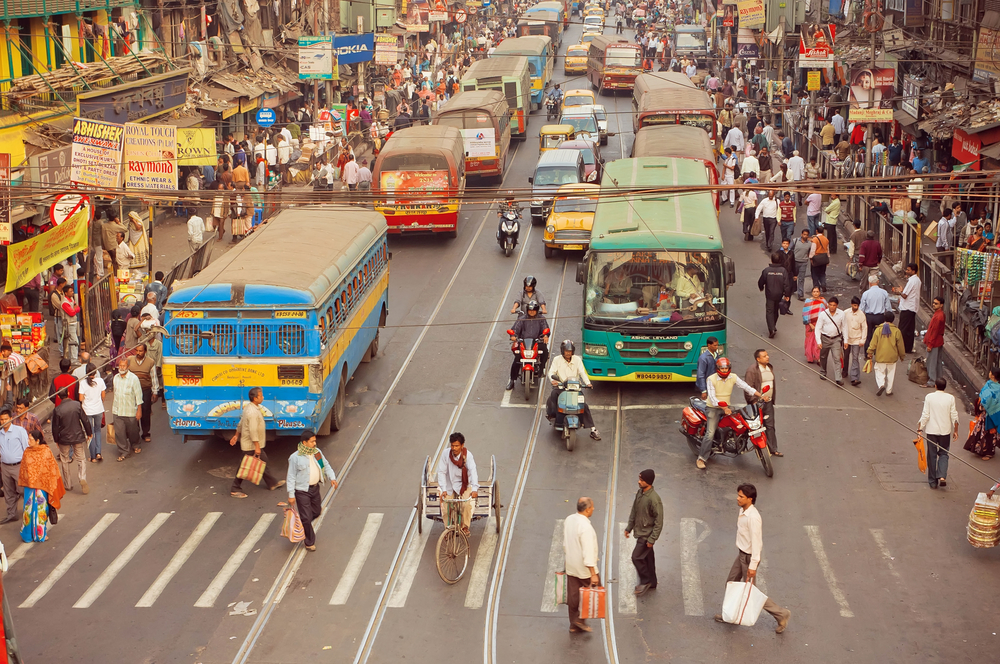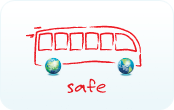 |  |  | 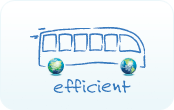 | 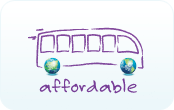 |
|





|
IRU All India High-Level Group - Taking India’s sustainable mobility mission forward
IRU, the world’s road transport organisation, launched an India High-Level Group in 2015 to promote sustainable mobility and improve the overall status of passenger transport in the Indian market. Over the last year and half, the High-Level Group has brought together various stakeholders associated with its mission, including key government agencies, in an attempt to move the country’s public transport sector in the right direction. We spoke to Dr. Kulwant Singh, Coordinator, IRU All India High-Level Group, to find out the Group’s progress and its plans for the future.
The efforts of the IRU-led HLG are focused on four main areas – urban mobility, intermediate public transport, electromobility and long distance bus transport. The group sees the great potential of electro-mobility as a sustainable solution to India’s transport challenges. The people of India need better bus, coach and taxi services that take full consideration of the environment. The group is currently shaping policy recommendations with this objective in mind.
UN-Habitat, NITI Aayog, the Institute of Urban Transport and other key stakeholders are actively contributing to the discussions and to the drafting of the final recommendations which are expected to be endorsed and presented during the group’s final meeting in May 2017.
As the Coordinator of the HLG, what would be your top priorities for the current year?
My top priorities for this year as the coordinator of this important high-level work are:
There is a lot of talk about 'sustainable mobility' in the country. What is according to you sustainable mobility and what should we be doing to move towards achieving it?
Sustainable mobility provides sustainable transport solutions to mobility needs through the introduction of transport systems that focus on access, safety and efficiency within the larger context of reducing the need to travel in urban areas. IRU’s efforts through its various initiatives, including the Smart Move Campaign, are making an important contribution towards a smarter and a more sustainable mobility. IRU’s efforts through its Global Partnership for Sustainable Transport have also contributed towards mobilising governments, the private sector and global transport stakeholders to accelerate progress on the sustainable transport agenda and the adoption of United Nations General Assembly resolutions on sustainable transport.
To further answer to your question, I would like to quote Umberto de Pretto, IRU Secretary General who in his Foreword to the publication titled “Contribution on Smart Urban Mobility for Safe, Inclusive, Resilient and Sustainable Cities” said, “Collective short and long-distance passenger transport – by bus, coach and taxi – is the most dynamic and customer responsive part of the door-to-door mobility chain. It is the backbone of efficient public mobility and an optimal, efficient and sustainable alternative to the use of private cars, coupled with a unique door-to-door customised service. As such, these transport modes are uniquely placed to substantially contribute to achieving ambitious objectives for sustainable mobility. Involvement from the private sector is paramount to meeting these challenges and realising the objectives set at the global level.”
|


